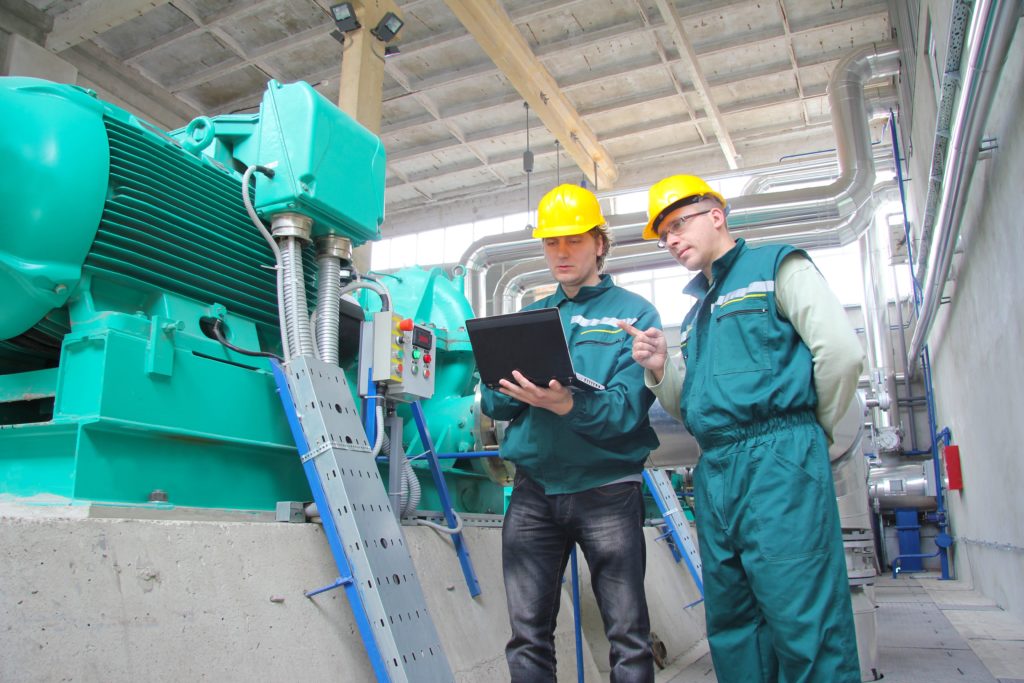Time and time again, headlines proclaim the economy is rapidly changing; leaving employers in specific industries concerned about a shortage of qualified candidates that have the ability to fill open positions because of a “skills gap” or general shortage. However, there’s a less reported facet that goes along with this story. Many of the jobs which are facing worker shortages in the upcoming decade are also the jobs that are unsolicited by many. Increasing additional complexity to this problem is the fact that these are industries where digital will rapidly disrupt in the years to come. Both farming and manufacturing have still yet to hold significant efficiency and design centered gains to be made with the implementation of the IOT into existing systems which currently rely on real human labour.
Now, the big question is – how does this theoretical, and unruly perception of the future truly influence what is taking place on the hiring lines of today’s largest manufacturers in North America? Is the talent truly existent, and what is being done to close it? How do these factors effect the way we view job opportunities within the manufacturing sector? Lets go back to 2016, where Deloitte and the Manufacturing Institute set out to look at these exact questions, producing a multi-year research initiative to assist business leaders come up with the answers to these, as well as other pressing questions facing their industries. This study, along with a factor done by previous studies, showed that in 2016, the topic became a significant inflection point. The experiment concluded that 8 in 10 Americans surveyed view the US manufacturing as critical to sustaining the economic prosperity of the country. However, less than 5 in 10 Americas surveyed think that manufacturing jobs can be interesting, rewarding, clean, safe, stable and secure. Nonetheless, manufacturing was not an industry that people wanted to begin a new career in, with 3 in 10 Americans surveyed say they would encourage their children to begin a manufacturing career. What’s even more shocking? The viewpoint being incredibly positive. 88% of Americans believe manufacturing jobs of the future will require high-tech skills, where 81% believe these jobs will be clean and safe.

Working Together to Close the Gap
What are some possible solutions the US can take a look at to implement employment and change the public perception of manufacturing? How can we change the idea of manufacturing being a dark and dirty past, to a innovative, high-tech future? It seems crucial to the good health of the US economy to expand the pool of qualified candidates in order to attract the required talent to employ the highly-technical and skilled roles of today’s manufacturing environment and fuel the future workforce development. Both technical schools and community colleges across the country are joining forces with manufacturers, non-profit and government agencies to create curriculum’s that prepare students with in-demand skills. Furthermore, these same institutions and manufactures are starting to comprehend their role in transforming the public’s view. Year after year, manufacturing companies invested in equipment, facilities and technologies. However, they lagged in investing on human capital, their existing workforce, hence their struggle to adapt to operations in newer more technologically advanced environments. Technical schools as well as community colleges such as Dunwoody College of Technology, observed this and works with the private industry in order to raise awareness of the growing need and ever-present skills gap by offering additive manufacturing and other certification programs that focus on intricate skills which employers have deemed as difficult to find in the existing candidate pools.
The America Makes organizations also falls under a great example of a training program that is rapidly finding solutions to public perception and skills gap problems within manufacturing. This organization is the nation’s leading partner in additive manufacturing and 3D printing technology research, discovery, creation and innovation. The organization is built as a public-private partnership and they work to innovate and accelerate additive manufacturing with the goal to increase the United States’ global manufacturing competitiveness. Their curriculum provides technical skills-based training and apprenticeships which include in-demand jobs, focusing on growing the 3D workforce.
Progress is being made despite the time it takes to develop the public’s perception on manufacturing today. Through education, training programs, bi-directional education, industry engagement, strong advocacy and outstanding marketing; the United States manufacturing economy will continue to grow and prosper well into the years ahead.
